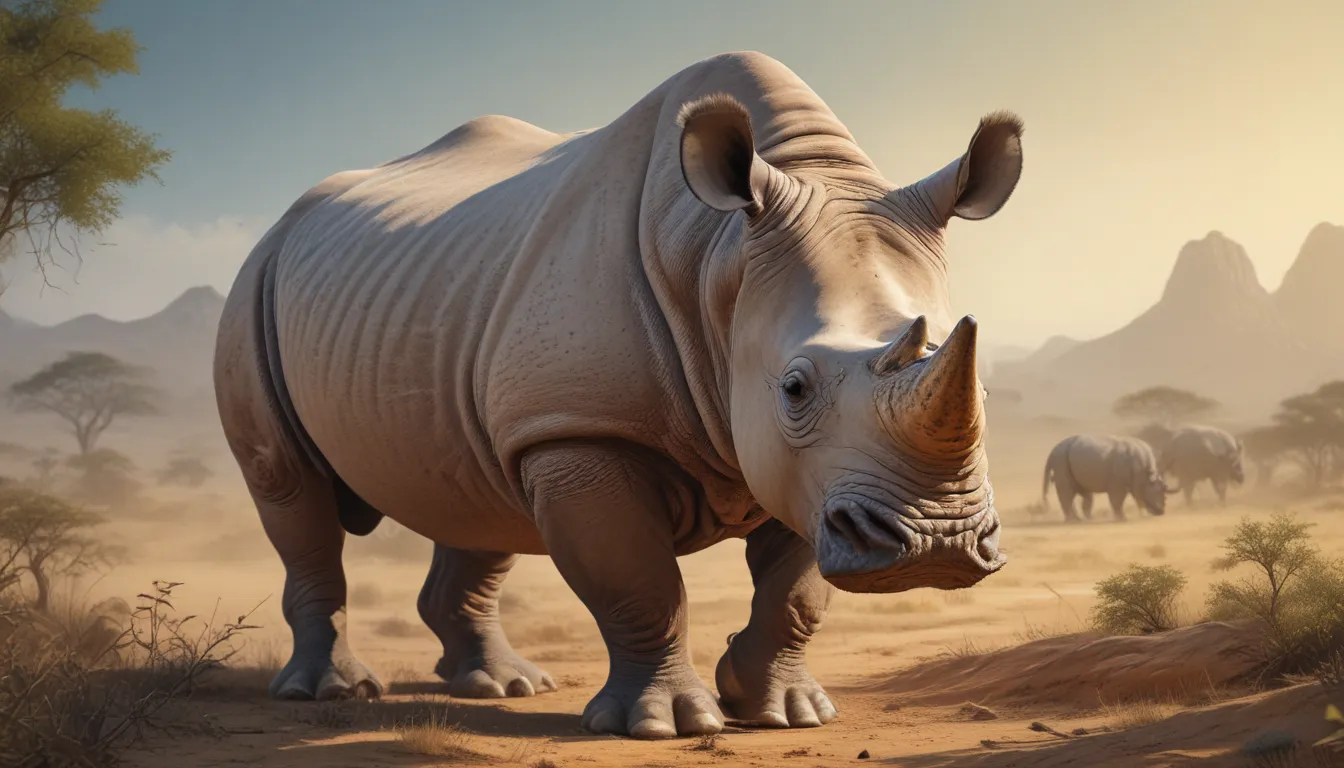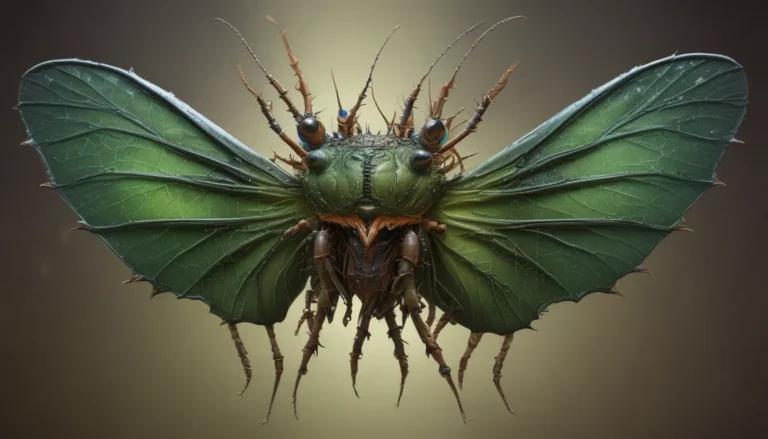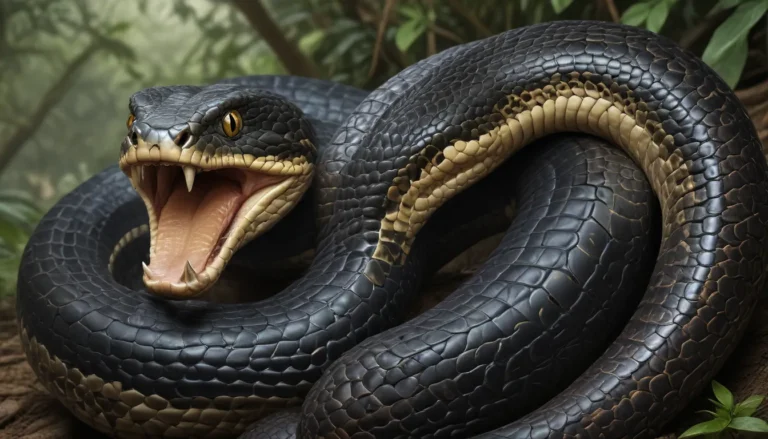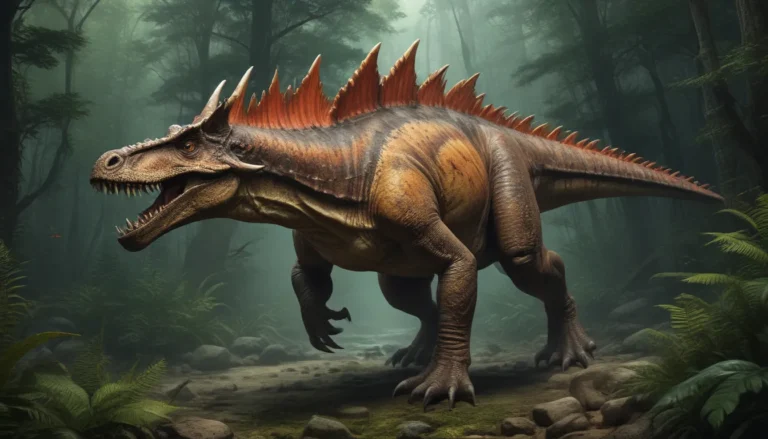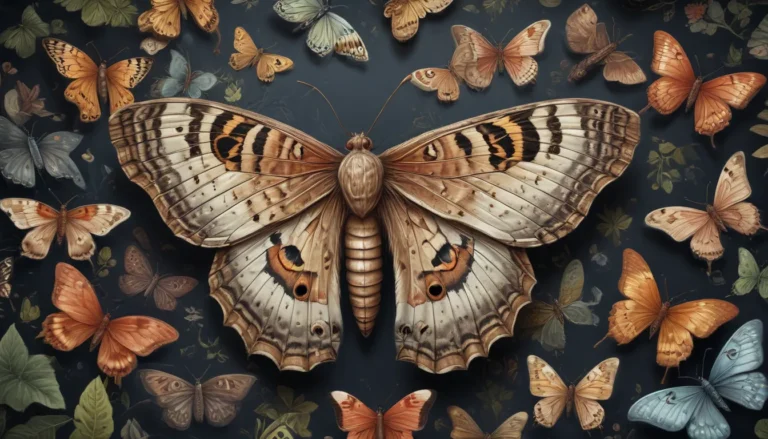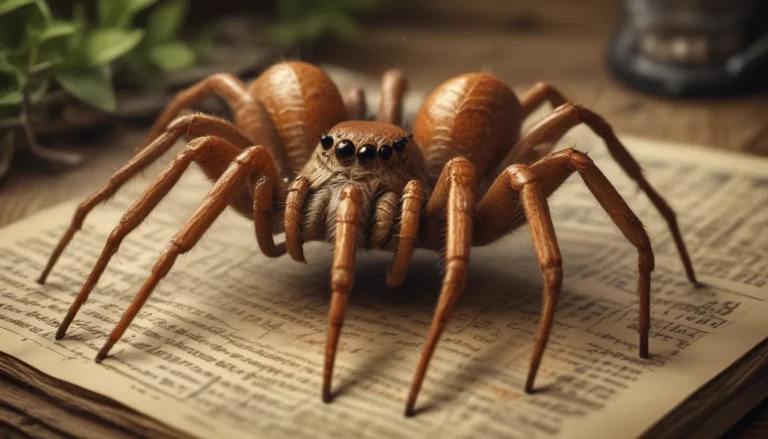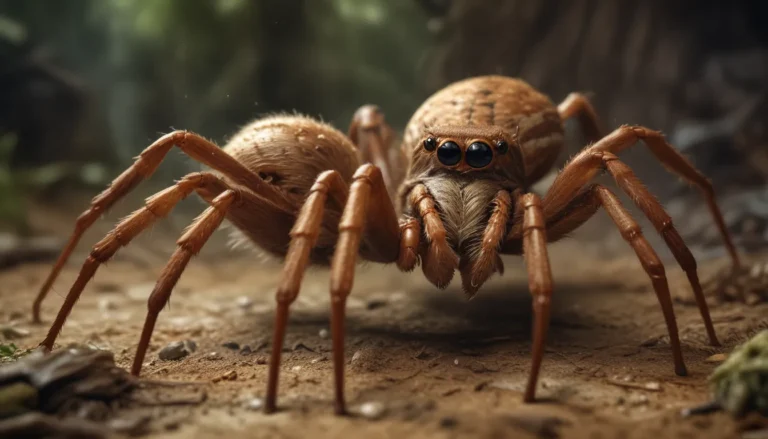The pictures we use in our articles might not show exactly what the words say. We choose these pictures to make you interested in reading more. The pictures work together with the words but don’t take their place. The words still tell you the important facts.
Welcome to the fascinating world of rhinos! These majestic creatures have captured our attention since childhood, but there is so much more to learn about them beyond their iconic horns. Join us on a journey through the world of rhinos as we uncover intriguing facts and insights about these incredible animals.
Unveiling Rhino Mysteries
Quick Facts
- There are 5 species of rhinos in the world today.
- Only 2 rhino species are native to Africa.
- The other 3 rhino species are native to Southern Asia.
- A rhino’s brain weighs between 400 to 600 grams.
- A rhino’s skin can get as thick as 5 cm.
Essential Facts
- Rhinos first evolved across what is now Eurasia during the Eocene Epoch.
- The Sumatran Rhino evolved around 15 million years ago.
- Indian and Javan rhinos evolved between 4 to 2 million years ago.
- The 2 African rhino species evolved around 1.5 million years ago.
- Wooly rhinos lived in what is now China 1 million years ago.
- Wooly rhinos migrated to Europe around 600,000 years ago.
- Prehistoric human hunters drove wooly rhinos about 29,000 years ago.
- Prehistoric humans depicted rhinos in the Chauvet Cave Paintings of France between 30,000 to 10,000 years ago.
- The Greek historian and geographer Agatharchides wrote about rhinos in the 2nd century BC.
- Albrecht Durer made an inaccurate woodcut of the rhino in the early-16th century.
Interesting Facts
- Rhinos are herbivores.
- A rhino has one or two horns, never more or less.
- The name rhino comes from a Greek word meaning nose-horned.
- Black, Javan, and Sumatran Rhinos are all critically-endangered species.
- The White and Indian Rhino, in contrast, are only near-threatened and vulnerable, respectively.
Delving Deeper into Rhino Diversity
The White Rhino has two subspecies.
The northern and southern white rhinos reflect the location of their respective habitats in Africa. The northern white rhino lived in East and Central Africa, while the southern white rhino lives in South Africa. Unfortunately, the northern white rhino is almost extinct, with only 2 females left of the subspecies. On the other hand, over 20,000 southern white rhinos still roam the wild.
White rhinos and black rhinos are the same color.
Contrary to their names, black rhinos have coloration similar to white rhinos. White rhinos are named after the Afrikaan word wyd, which describes their square upper lip. Black rhinos, on the other hand, have a pointed upper lip and were named after the opposite color for differentiation. It's an interesting twist in the world of rhino facts.
The Indian Rhino is the second-largest land animal in Asia.
Only the Asian elephant surpasses the Indian Rhino in size, with these majestic creatures reaching heights of 6 ft and lengths of 12 ft. Their horns begin to grow at around 6 years of age, eventually reaching lengths of up to 10 inches. Some individuals may even sport horns up to 14 inches long.
The Javan Rhino was once the most common of all rhinos.
In the past, Javan Rhinos inhabited not just Indonesia but also parts of China and India. Today, their population has dwindled to a mere 58 to 68 individuals on the Indonesian island of Java. Researchers now rely on non-invasive methods to study these reclusive animals, with hopes of their population rebounding in the future.
The Sumatran Rhino is the smallest rhino of them all.
Though they are the smallest rhino species, Sumatran rhinos are still sizable creatures, standing at 4 ft tall and 11 ft long. Weighing around 800 kg on average, these rhinos sport two horns, with one typically growing to around 10 inches in length. Sporting a coat of red fur, these unique rhinos are a sight to behold.
Protecting Rhinos from Harm
Rhinos have no natural predators in the wild.
While calves may fall prey to big cats or crocodiles, adults typically go unchallenged by predators in the wild. Unfortunately, humans with their advanced weaponry pose a significant threat to the rhino population. Poaching for their horns has led to a drastic decline in their numbers.
Rhino horns are prized by hunters.
The value of rhino horns has led to their illegal trade, with hunters poaching these majestic creatures for various purposes. From traditional medicine in China and Vietnam to decorative items in Europe, these horns are highly coveted. It's essential to debunk myths surrounding the purported medicinal properties of rhino horns and raise awareness about the plight of these endangered animals.
The trade of rhino horns and other body parts is illegal.
Despite efforts to curb the illegal trade in rhino horns, the practice continues to thrive. Staggering amounts of seized horns bear witness to the ongoing challenges faced in protecting these creatures. The global community must unite in enforcing strict regulations to safeguard rhinos from extinction.
Exploring Innovative Solutions
Activists have proposed creative solutions, such as poisoning rhino horns to deter poachers. While this tactic aims to render rhino horns undesirable for illegal trade, concerns remain about its effectiveness and potential side effects on unwitting consumers.
Some advocates suggest producing synthetic substitutes for rhino horn as an ethical alternative. These artificial replicas mimic the properties of real horns without harming the rhino population. While this approach may offer a viable solution, its success hinges on widespread adoption and consumer awareness.
In conclusion, the conservation of rhinos is a shared responsibility that requires collective action to protect these magnificent creatures for future generations. By understanding the challenges they face and supporting conservation efforts, we can ensure a brighter future for rhinos in the wild.
Join us in spreading awareness and advocating for the preservation of rhinos and their habitats. Together, we can make a meaningful difference in safeguarding these iconic animals for years to come. Thank you for exploring the world of rhinos with us!
We hope you found this comprehensive guide to rhinos informative and engaging. Our commitment to delivering accurate and trustworthy content is paramount, and we appreciate your support in this endeavor. Stay tuned for more fascinating insights and facts on diverse wildlife species. Thank you for being a part of our community!
